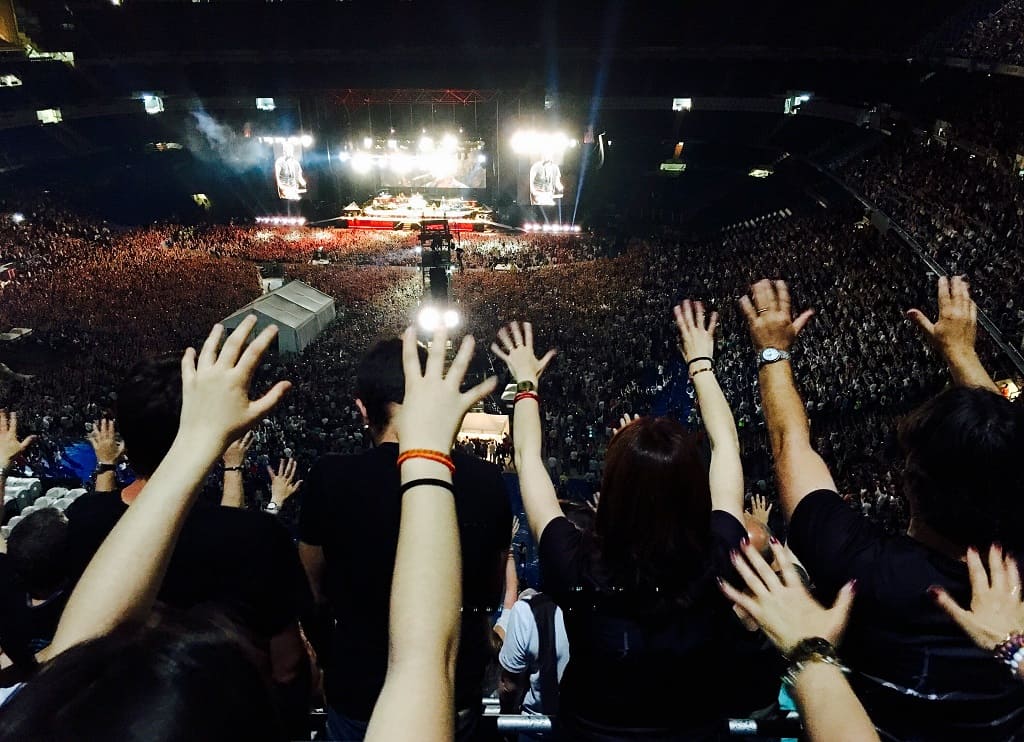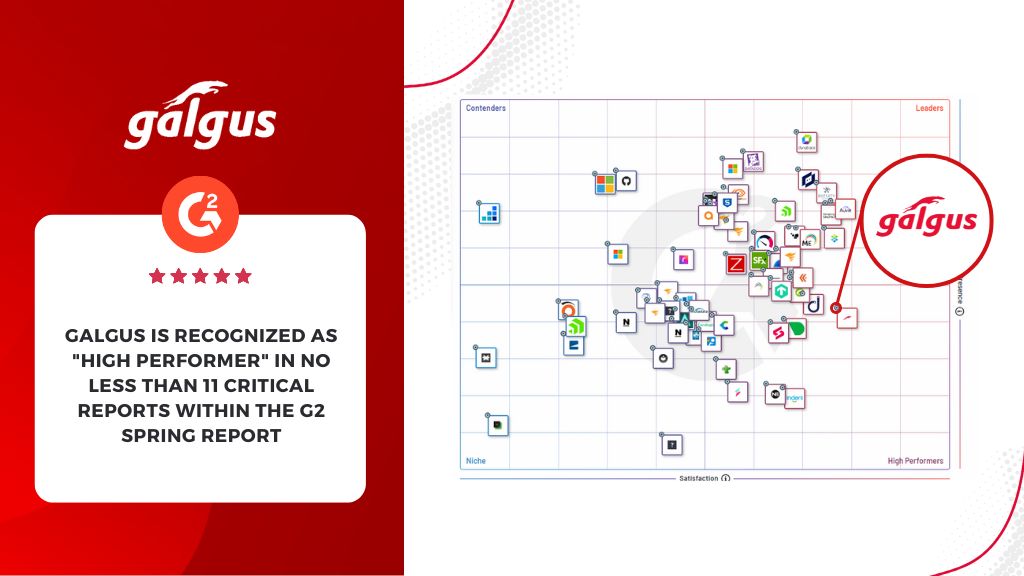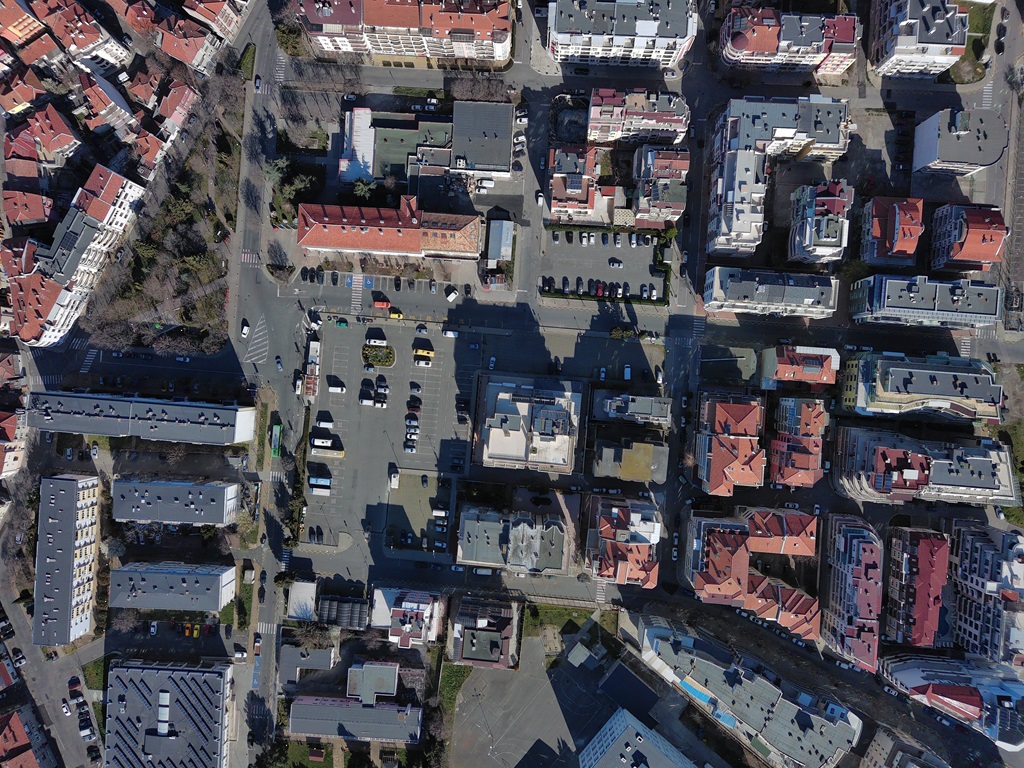A WiFi connection that is up to the task can determine the success of mass events. Nobody can imagine attending a conference, trade fair, party or concert without being able to stay connected during the event. Here’s everything you need to know so that you don’t take a gamble and provide the wireless network that will make you a success.
We love to share our experiences and experiences, and this is not possible without connectivity that allows us to upload photos or videos of them.
It is also possible that at some point we may need to search for certain information, that we are a media outlet that has to report on its development live or that, if we are at a business event, we may need to work from the stand or have a video call from there.
There are undoubtedly many important reasons why high-performance WiFi networks are a basic element for the management of large events. Let’s analyse how we can implement them.
Factors to consider when planning WiFi coverage for events
When planning WiFi coverage for events with a high density of participants and therefore connections, it is important to take into account:
- The size of the event.
- The number of attendees.
- The type of equipment needed.
- The physical layout of the enclosure.
- Whether the event is outdoor or indoor.
- The budget available.
The size of the event and the expected number of attendees are important because they will determine the number of access points needed to cover the event completely and safely.
In addition to the total number of attendees, the density of attendees needs to be considered. There may be areas where more users gather than others, so more effort should be focused on these areas.
The physical layout of the event is another factor to consider. Beyond the size of the space, the presence of corners, walls or other obstacles that may hinder connectivity should be analysed.
Whether it is held outdoors, indoors or a combination of both will also determine the type of access points needed, as there are specific access points for both environments.
Finally, the budget of the event must also be taken into account, so that the best possible solution with the highest possible return on investment can be chosen.

Best practices for WiFi installation at events
When it comes to deploying a quality WiFi infrastructure for large events, the first step should be to carry out a logical and physical design of the infrastructure. Advanced 3D simulation tools are very useful here.
In addition, you need to make sure that the service provider has the resources and expertise to meet this challenge. How do you make sure you make the right choice? Let’s take a look at some of the essential features these WiFi networks must have.
- A seamless transition between different zones when changing the access point to which the device is connected.
- Automatic designation of the best channels and bandwidths.
- No centralised controller avoids bottlenecks and brings scalability to the infrastructure.
- Real-time load balancing, depending on the current demand for connections.
- Protection against external interference.
- Traffic monitoring, avoiding abuses that could congest the network.
- Minimisation of energy consumption without affecting the quality of the connection.
- Security: use of secure encryption protocols, such as WPA3, and functionalities such as attack detection and damping
Of course, you have to have equipment that is up to the task. Access points that are responsive and adaptable to environmental conditions. For example, there are access points that are specially made for outdoors, more robust and ready for all weather conditions.
Another good habit is to segregate networks. In other words, if we are going to offer a connection to the attendees, we should use a different network to the one that will be used by the organisers or the media.
As you can see, managing the WiFi connectivity of an event requires an effort that will only be rewarded if we make use of the best technologies available.
This is the case with Galgus’ own Cognitive Hotspot Technology, or CHT, which offers all these features and more.
In addition, CHT optimises investment by requiring fewer access points to provide a quality connection, making it easier for organisers to stay within budget.
In addition, thanks to our Cloud Manager, the network can be monitored and managed remotely in real time. This speeds up problem detection and troubleshooting.
Last but not least, Galgus’ Location Analytics technology, recognised internationally by Gartner, makes it possible to have precise control of the capacity and movements of devices, both connected and not connected to the network.
This accuracy is made possible by significantly reducing the distortions caused by the randomisation of MAC addresses used by today’s smartphones.

For all these reasons, Galgus networks and software are present in venues such as the Real Betis Balompié stadium, where it has covered important matches such as the final of the Copa del Rey.
We can also talk about our deployment at the Barceló Renacimiento Hotel in Seville, the venue for numerous conventions and meetings. One of the most valued hotels for its WiFi connection.
If after reading this article and these success stories, we have aroused your interest and/or you have any questions. It will be a pleasure to help you. Just get in touch with our team – are you up for it?









